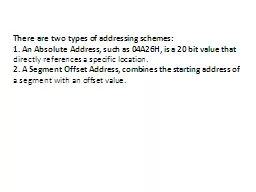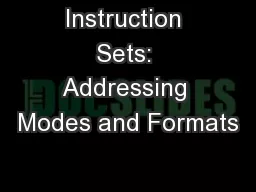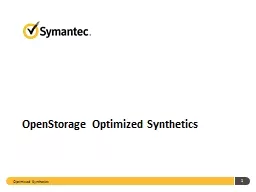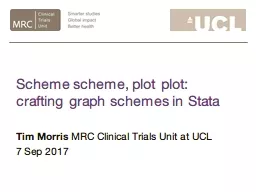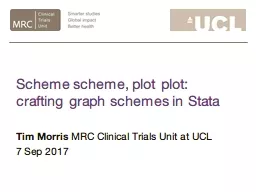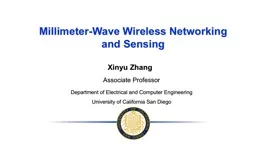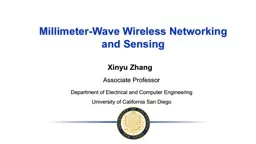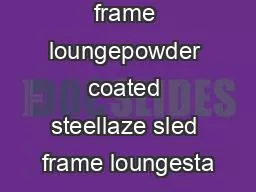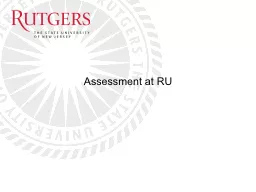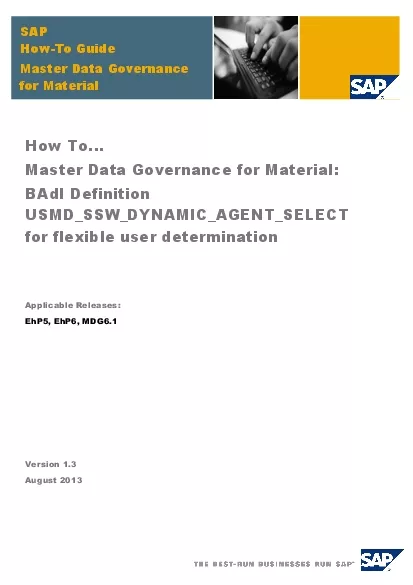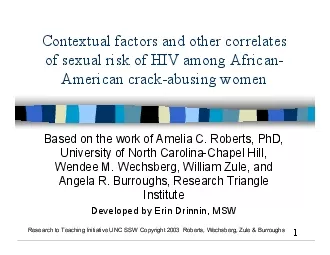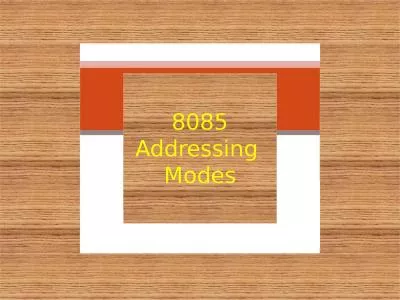PPT-Optimized Short SSW frame addressing scheme to reduce
Author : v2nant | Published Date : 2020-08-27
the false positive Jan 2017 Date 20170104 Authors Slide 1 Backgrounds In 1 the addressing field is still TBD its suggested to compress the two 48 bits TA and
Presentation Embed Code
Download Presentation
Download Presentation The PPT/PDF document "Optimized Short SSW frame addressing sch..." is the property of its rightful owner. Permission is granted to download and print the materials on this website for personal, non-commercial use only, and to display it on your personal computer provided you do not modify the materials and that you retain all copyright notices contained in the materials. By downloading content from our website, you accept the terms of this agreement.
Optimized Short SSW frame addressing scheme to reduce: Transcript
Download Rules Of Document
"Optimized Short SSW frame addressing scheme to reduce"The content belongs to its owner. You may download and print it for personal use, without modification, and keep all copyright notices. By downloading, you agree to these terms.
Related Documents


